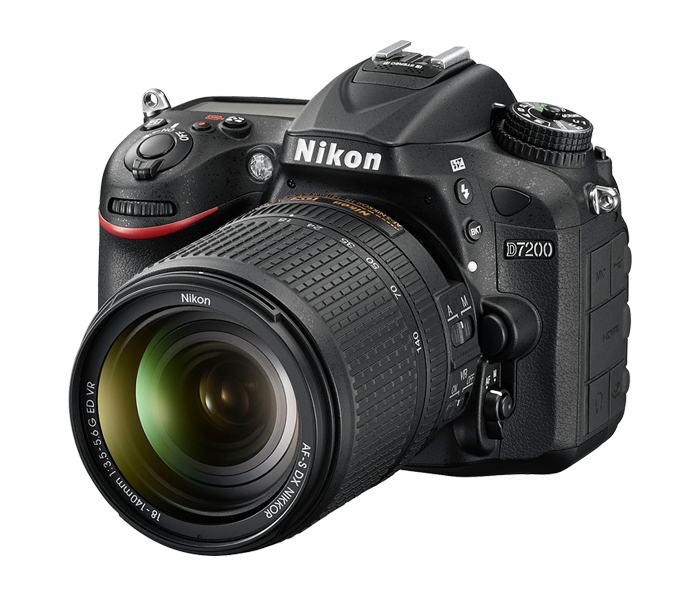A DSLR camera is a digital single-lens reflex camera. It works similarly as the technology before, except the quality and response is better. DSLR’s have built in mirrors and the photographer has the ability to change lenses. DSLR cameras have large imaging sensors so, the larger the sensor, the better the picture. Dealing with low lighting, DSLR cameras not only works better because of the larger sensor, but in this case, you can expose the image sensor for as long as you want in most cases. With a DSLR camera you can attach external flashes, fit filters on the end of the lens to change the colors and contrast. The possibilities are endless with this type of camera.
Photo by: Nikon
For photojournalists, their job is to “record the human condition as openly and honestly as you can”. Before DSLR’s became a thing, photojournalists would take their pictures, send it to the associated press, and the editors would view the picture, manipulate it and publish them. Meaning, the job of a photojournalist ended after the picture was taken. Now with digital photography, photojournalism which was then considered a "low tech job, has become one of the most technically demanding positions at any media outlet”. They must be an IT manager, write, videographer, video and photo editor, webmaster, and computer repair technician, besides being an accomplished photojournalist. This is due to the fact that most photographer work alone and away from their offices, they need to have all these abilities due to issues that can come about when you least expect it". This type of technology also helped photojournalists by freeing them from the dark room processing and allowed the photos to reach the newsroom in a matter of minutes rather than hours. Also, you can take as many pictures as you want until you get the right one due to the DSLR’s memory capabilities.
Photojournalism was transformed after digital photography evolved because of how fast the images get out to the public, in comparison to pre-digital photography. In the early 1990’s, photos were sent out via wire services to newspaper companies around the world, and this process took forty minutes per picture to transmit. It was poor quality, unreliable connections. The time it took to physically produce the picture, and send it through the telephone line took about three hours and forty minutes, assuming everything went perfectly. Not just that, but photojournalists had to lug "travel kits that consisted of five large plastic cases containing a darkroom and transmitting equipment", among all of their camera equipment. According to Professor Nordell, "technology from the 1990's to the present, the amount of change in that period, is just astronomical. It almost dwarfs the amount of change from 1840 to 1990".
The DSLR camera will have two viewfinders, the digital display and the eyepiece. The eyepiece is the most accurate way to view the picture before taking it. Its light is reflected twice, first through a mirror, then through a pentaprism or pentamirror. This prevents the picture to be unreversed. When you take the picture, the mirror moves, which causes the viewfinder to go black for a moment, so the light can shine right into the sensor. In wet plate collodion process, in order to develop a picture, you have to coat it with chemicals, sensitize it, and expose it, all within a fifteen minute window using a darkroom. "Collodion photography is difficult and somewhat dangerous to do". This process during the Civil War was especially challenging, because they had to travel with their wagons full of chemicals. "Each time they moved, they had to secure the chemicals and plates. Each time they stopped, they had to be level". Both processes are very different and the only similarity found, is that they both have the ability to create a picture with fine detail.
Photo By: Luo Dan


No comments:
Post a Comment